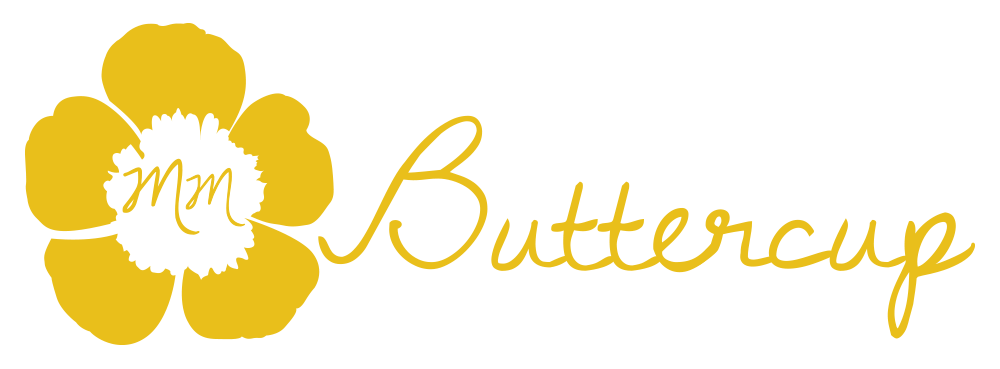Warning. You might feel like you are in a Monet painting when you visit. Reggio Emilia is bursting at the seams with poppies everywhere in springtime.
If you wonder what Reggio Emilia is like, experience it. Spoiler alert. It’s pretty magical. Seize the day and come to Italy with us where every route is the scenic route. Our group of ten Americans took several routes to learning and professional development while we were in this northern region of Italy called Emilia-Romagna.
After World War II, people in the Italian town were disgusted by what the war did to their community. They wanted to rebuild. They turned to early childhood education in hope for their future. The Reggio Emilia approach was founded by Loris Malaguzzi and parents from Emilia-Romagna. The “100 Languages” poem (at end) was written by Malaguzzi and conveys some of the philosophy.
Reggio Emilia, Italia.
An Italian company located in the heart of Reggio Emilia, created a 2-week itinerary for us to experience early childhood education in Italy. Reggio Lingua provided us with a translator during school visits. Being in a place where the primary language spoken everywhere is Italian, gave us English-speaking Americans a feeling of what it might be like for our children and families in U.S.A. whose home language is different from English.
The people of Reggio Emilia measure the hours in a day by the church bells ringing in their village and rewarding social connections. We met many early childhood professionals from Italy, and around the world, who shared their love for teaching and learning. We explored Reggio Emilia programs for babies, preschoolers, and early elementary school children.
Teachers gave us a warm “benvenuti” when they welcomed us in their schools, and they shared with us like we were their long-lost cousins with endless things to talk about. Early childhood professionals in Reggio Emilia took care in discussing what it’s like to teach in Italy, as well as special routines and rituals. One of my favorites was spending mealtime with them.
We got to experience meals with Reggio Emilia educators and children. Mealtimes are a revered ritual in Italian culture. All day long, but especially during meals, their class family gathered where stories were the focal point (oh and delicious food too). They showed how food can bring people together.
Benvenuti was how the children welcomed us too. The bambini, little ones, talked with us about their interests during mealtime conversations around the table. Children showed us the things they were proud of in their classrooms.
Here are ideas I took away from early childhood professionals and children in Reggio Emilia, Italy:
1. Play is a universal language. Children speak the language of play fluently.
2. Attuned caregiving starts with listening. If you listen carefully to what their behavior is saying, children communicate their wants and needs.
3. Observation during children’s familiar routines and activities can be the basis for accurate assessment.
4. Inclusion means we are creating a sense of belonging for everyone together.
5. All members of the community are responsible for creating a healthy and happy environment where everybody can grow.
6. Professional well-being and care strengthens the overall community.
7. Kindness is spoken in hearts of early childhood professionals when families are respected in little and big ways.
Sometimes it’s necessary to explore afar in order to journey within. Our American delegation went to Italy together, and we collaborated with one another before, during, and after our time in Italy. In addition to expanding ideas about teaching, the trip to Italy with other professionals gave us time to reinforce the bonds we have with one another. I feel like our community of practice at home got stronger from going on location in Italy together. This shared experience was both personally and professionally rewarding for me. I now have nine American friends that I can say, “remember when we were in Italy and we (fill in the blank).” For example, “Remember when we were in Italy and we ate Erbazzone Reggiano out of a paper bag while watching Reggiani ride their bikes that were decorated in flowers like a parade float in front of the Reggio Emilia Opera House?”
Speaking of music. One of my favorite songs to sing with children (and anyone who will sing along) is, “The More We Get Together.” The lyrics of the song highlight the importance of togetherness. Together we learn. Together we teach. Together we make a difference for children and families. All together. Together we bloom into the best version of ourselves. “The more we get together, the happier we will be.”
“The Beauty of the World Lies in the Diversity of Its People” (bulletin board at Northlake Park Elementary in Orlando, Florida)
Note: I wrote this for the Buffett Early Childhood Institute blog. Click on this link if you want to read it on the Buffett Institute website. Thank you Erin Duffy and Buffett team for inviting me to share this experience with your readers.
Reggio Emilia countryside.
Me stepping into a Monet painting in Reggio Emilia in the spring.




